Do you know the origin and meaning of the names of our states of Mexico? If not, here we share them.
Currently, our Republic of Mexico is made up of 32 states, however, do you know what their names mean or how they originated? If not, you are interested in knowing this research carried out by El Mejor Trato.
Meaning and origin of the 32 states of Mexico
Aguascalientes: It owes its name to the abundance of hot springs in the region, and in this case, it literally means “hot waters”.
Baja California (and Baja California Sur): The most widely accepted hypothesis is that the Spanish named it after an imaginary place mentioned in a chivalric novel by Garcia Rodríguez de Montalvo: Las sergas de Esplandián. In the novel, there was an island with that name: “Know that at the right hand of the Indies there is an island called California very close to one side of Earthly Paradise …”. At the same time, it is very likely that the name of the imaginary island of the novel has a Latin root: “calida fornax” which means “hot oven”.
Campeche: The original Mayan town was called KaanPeech, being in the language of the Mayans Kaan: “snake” and Peech: “tick”. Therefore, it is translated: “Place of Snakes and Ticks.” The Spanish, in most cases, adapted the native words to words that were familiar to them, that’s what they called Campeche.
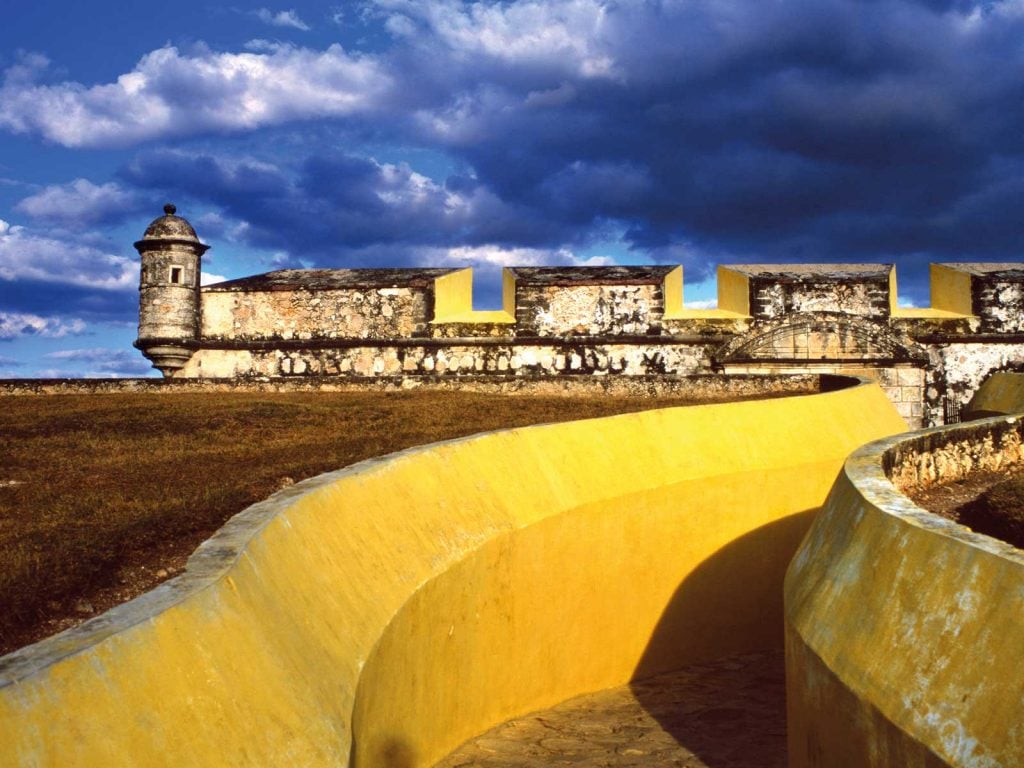
Chiapas: the name is due to the Mexica who had called the place Chía-apan, which in the Nahuatl language means “Rio de La Chía”. Later, Chiapas was Spanishized.
Chihuahua: there are five probable meanings, four of them taken from Tarahumara and one from Nahuatl and they are: “Dry and Sandy Place”, “Next to two Waters”, “Factory Place”, “Place of Holed Stone” or “Costalera or Plunder ”.
Mexico ( state and city ): Mexico is the Castilianization of a Nahuatl voice. It comes from México-Tenochtitlan, the Nahuatl name with which the Mexica used to designate their capital, located in what is now Mexico City. There are many interpretations of what Mexico means and until today it is a matter of debate, but perhaps the most accepted is that it comes from the name of the legendary caudillo who guided the Mexica: Mexitli. So Mexico would mean “Land of Mexitli” or “Place of Mexitli.”
Coahuila de Zaragoza: The word “Coahuila” comes from the Nahuatl “coatl” and “huilana” which can be translated as “Víbora que Vuela”, “Place Where Serpents Creep” and “Place of Many Trees”. For his part, Zaragoza alludes to General Ignacio Zaragoza.
Colima: its name comes from the Nahuatl “coliman”, which means “place conquered by our grandparents”.
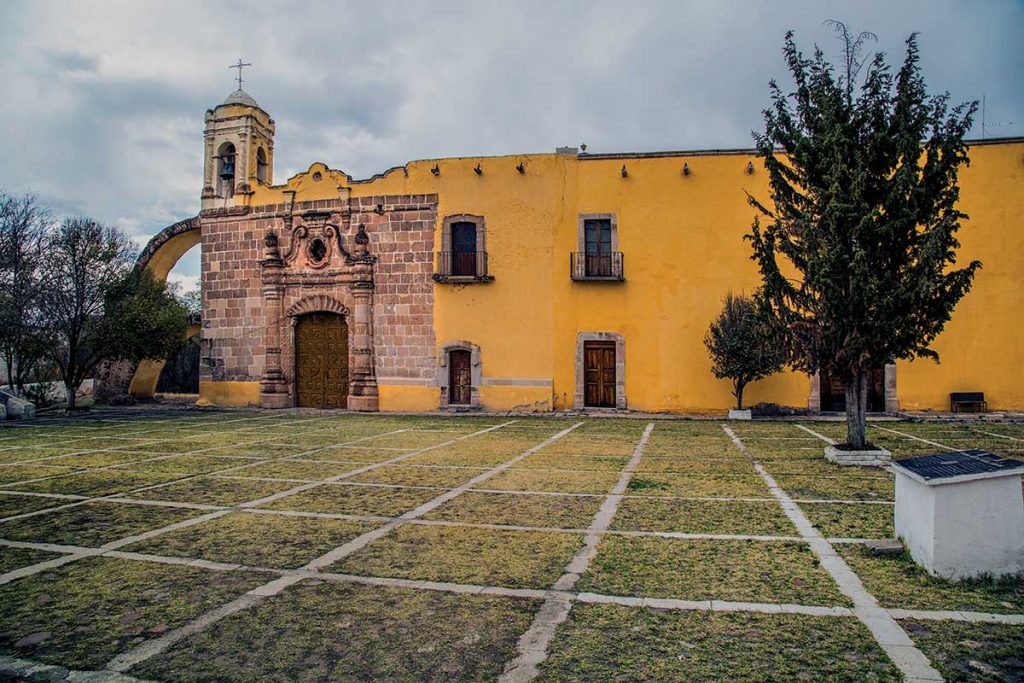
Durango: Durango was the name of a town in the Spanish province of Vizcaya, the place where Francisco de Ibarra, one of the first Spaniards to arrive in the territory, was born. In turn, Durango in Basque means “Vega Surrounded by Water and Mountains”.
Guanajuato: it owes its name to the Purépecha natives, who occupied the territory. In their language, Quana-huuato means “Hill of Ranas” and refers to the shape of its hills.
Guerrero: The name of this state is simply a recognition in honor of “Vicente Guerrero“, Afro-Mexican leader of our Independence.
Hidalgo: this state was named in honor of “Miguel Hidalgo y Costilla“, considered the father of the country.

Jalisco: the name of the state comes from the mixture of three words of Nahuatl origin: “xal” which means sand, “īx”, face or surface, and designates it as “co”. So it ultimately means: “On the Sand Surface” or “In the Arenal.”
Michoacán de Ocampo: the Mexica gave the kingdom of the Purépecha the name michhuahcan, which in the Nahuatl language means “Place or Region of the Fish.”
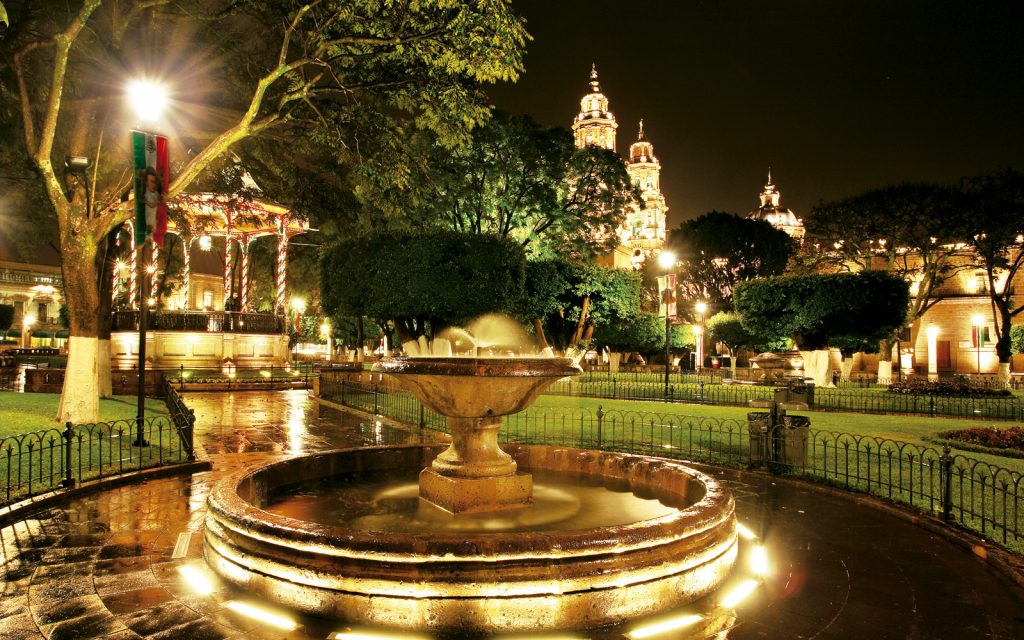
Morelos: it is named in honor of the independentista “José María Morelos y Pavón“.
Nayarit: a word that in the Cora language means “Son of God who is in the sky and in the Sun.” This is how the pre-Hispanic people who inhabited the region called themselves.
Nuevo León: the Spanish many times named the places the same as another existing in Spain, adding in some cases the word “new”. In this case, the name is in relation to the Kingdom of León in Spain. Thus, without much science, it means “Nuevo León”.
Oaxaca: the name comes from the Nahuatl name Huāxyacac which means “The Place at Punta del Guaje”. Being the gourd, a typical plant of the region.
Puebla: the origin of the name is in a report by Fray Toribio de Benavente “trial of the Puebla de los Ángeles” dating from 1531. The meaning is simply “Population”.
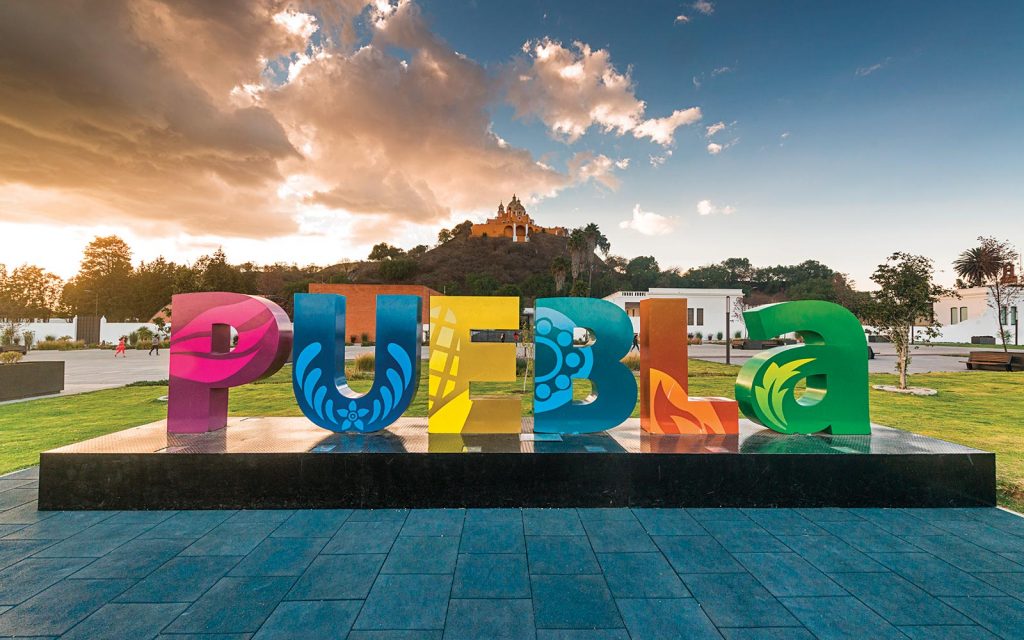
Querétaro de Arteaga: there is no single possible meaning. But the most probable is, one of Purépecha origin: k’erhiretarhu, which means “Place of Big Stones” and the other is a Nahuatl word meaning “Place Where the Ball is Played”.
Quintana Roo: its name is in honor of Andrés Quintana Roo, Mexican lawyer, poet and politician, husband of the revolutionary Leona Vicario.
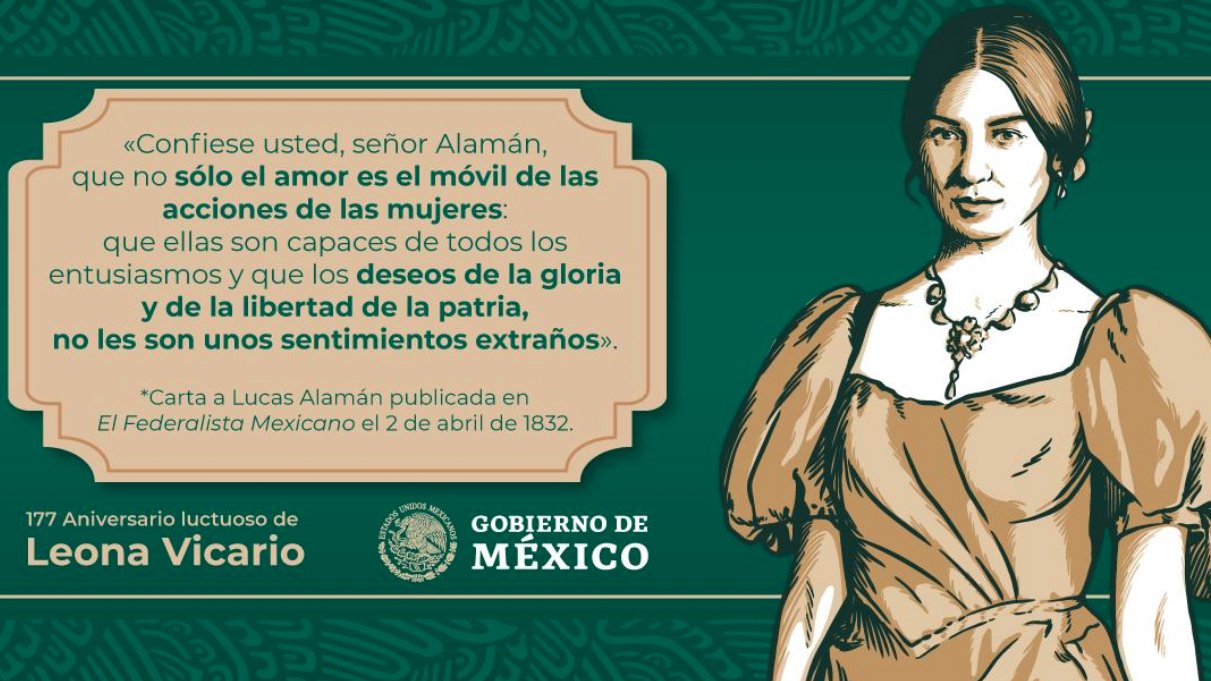
San Luis Potosí: it owes its name to two origins. On the one hand, to Louis IX, King of France, and on the other, to the historic mining region of Bolivia, Potosí, given that, as in Bolivia, there was potential to exploit silver mining. Thus, in this case, it means “San Luis Potosí”.
Sinaloa: it is believed to be a composition of words of Cahita origin. On the one hand, the word sina, which means pitahaya, and on the other, lobola, which means rounded. Thus, it means: “Round Pitahaya”. The pitahaya is a fruit, also known as dragon fruit.
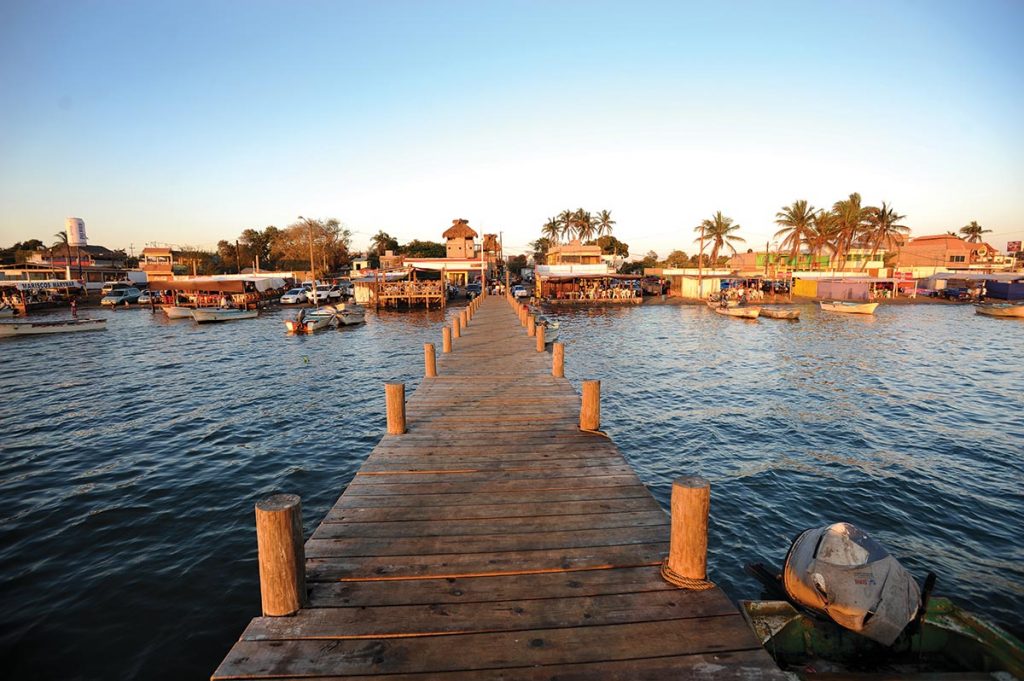
Sonora: It is believed that the first Spaniards arrived at the Yaqui River on the day of Nuestra Señora del Rosario and decided to name the place “Lady”, but since the natives could not pronounce it, the “Sonora” remained.
Tabasco: the most widely accepted hypothesis is that it comes from the name of the indigenous chief “Tabscoob”, who ruled the province at the time of the landing of the Spanish in 1518.
Tamaulipas: it is believed that the name of the state comes from the union of the Huastec words tam and holipa, which together mean “Place Where Much is Prayed”.
Tlaxcala de Xicohténcatl : the town that inhabited the region before the arrival of the Spaniards was called Texcallan which means “cliff”, the Spaniards changed it, due to confusion to Tlaxcala, which means in the native language “place of tortillas”. Therefore, it literally means “Place of Tortillas”.
Veracruz de Ignacio de la Llave: founded as Villa Rica de la Vera Cruz. Villa for being similar to the Spanish villas; Rich for the amount of gold obtained from the natives and Vera Cruz due to the date they disembarked in front of the Island of San Juan de Ulúa, it was Good Friday, the date on which the death of Jesus Christ on the cross is commemorated. The word Veracruz literally means “True Cross.” For his part, Ignacio de la Llave was a governor and general of this state.
Yucatan: There are many possible origins and meanings. But the most reasonable version is believed to be that of Christopher Columbus’s brother, Bartolomé Colón. On one occasion, he met some natives who were sailing near the coast and after exchanging merchandise, the natives pointing out the coasts of their land in the distance, said: Yuk’al-tan mayab, which literally means: “All Those Who Speak the Mayan Language ”. Bartolomé wrote Yucathan maian in his encyclopedia.
Zacatecas: comes from the Nahuatl zacatl and means “Place Where Zacate Abundant”.
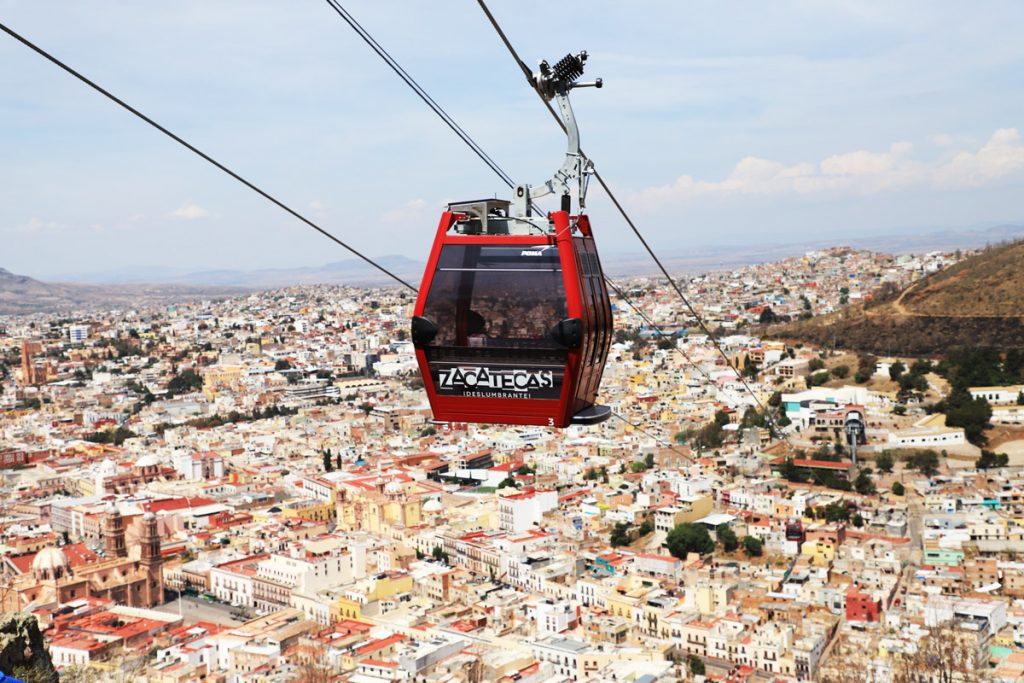
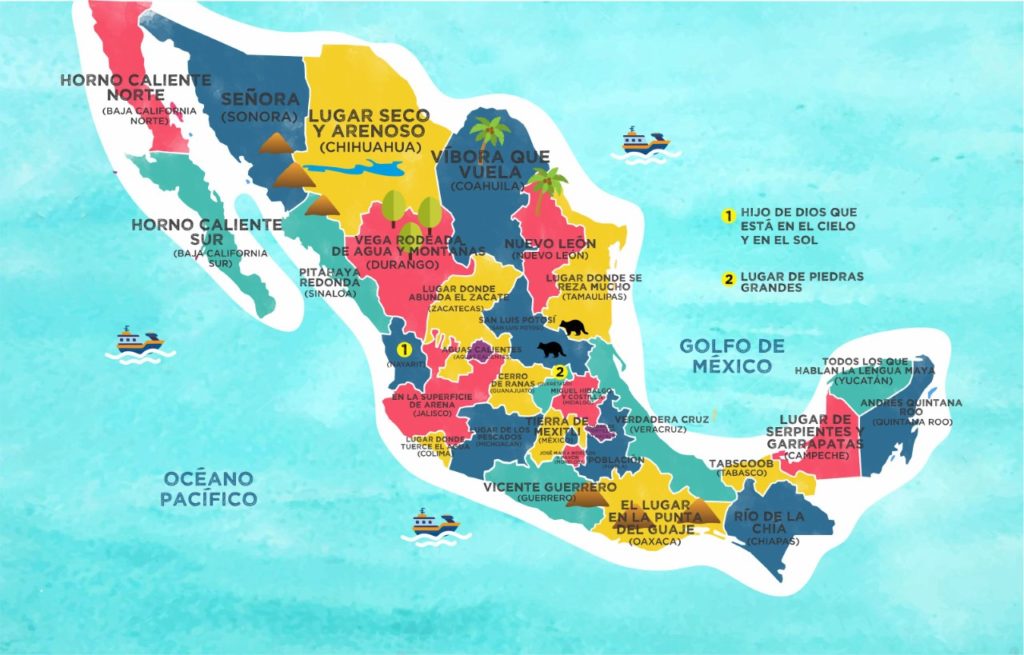
Source: mexicodesconocido.com.mx





